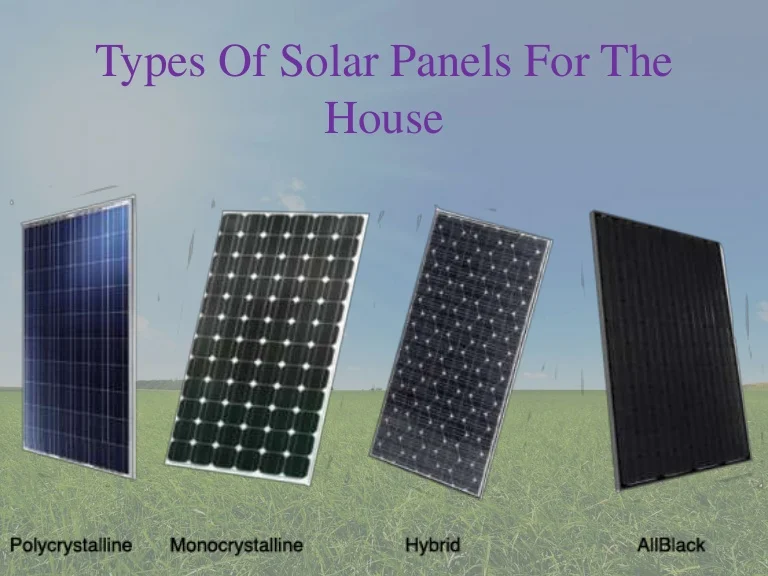Some Known Details About Solar Systems
Solar Systems Fundamentals Explained
Table of ContentsSolar Systems - An OverviewEverything about Solar Systems6 Easy Facts About Solar Systems Explained9 Simple Techniques For Solar Systems
There are three different kinds of solar panels: monocrystalline, polycrystalline, as well as slim movie. Monocrystalline photovoltaic panels are very efficient and have a sleek design, but come at a higher rate point than other solar panels. Polycrystalline photovoltaic panels are more affordable than monocrystalline panels, however, they are much less efficient and also aren't as aesthetically pleasing.Nowadays, there are several selections of monocrystalline solar panels on the market to pick from., are coming to be a progressively popular monocrystalline alternative.
Due to the fact that monocrystalline solar batteries are constructed from a solitary crystal of silicon, electrons are able to easily flow throughout the cell, increasing overall efficiency. Not only do monocrystalline panels have the highest possible performance rankings, they usually likewise have the greatest power ability scores, as well. The majority of monocrystalline panels on the marketplace today will have a power result score of a minimum of 320 watts, yet can go up to around 375 watts or greater!.
Since polycrystalline cells contain several silicon cells, the electrons can not move as quickly and because of this, decrease the effectiveness of the panel. The reduced effectiveness of polycrystalline panels additionally implies they often tend to have a lower power result than monocrystalline panels, usually varying in between 240 watts as well as 300 watts.
How Solar Systems can Save You Time, Stress, and Money.
In order to satisfy your energy needs, you would certainly need to install more thin movie panels over a large location to generate the very same quantity of electricity as crystalline silicon solar panels. This is why thin film solar panels do not actually make feeling for household installments where room is restricted.
The temperature level coefficient informs you exactly how much the power output will certainly reduce by for every 1 * C over 25 * C the panel gets. The basic temperature coefficient for mono and also polycrystalline panels normally falls somewhere in between -0.
With some thin movie panels, it's difficult to even see the specific cells within the panel. They likewise tend to have much less electrical wiring and busbars, indicating there's much less white room. Nevertheless, because they are so inefficient, you would require to cover your entire roof covering in slim film panels - which might or may not be your design.

Some producers have worked around this with black packaging or forming the cells in different ways, however these aesthetic modifications can impact both the price and also efficiency of the panels. Generally, monocrystalline panels still look smooth, but they're a little bit extra pronounced than slim movie panels. solar systems. The process in which polycrystalline solar cells are made creates the cells to have a blue, marbled look.
Our Solar Systems Statements
If you get on a tight spending plan, polycrystalline panels may make even more sense for you. We do not advise slim movie solar panels for residential installments - their performance and also sturdiness do not make the affordable worth it, as well as it's not likely you'll have nearly sufficient space to set up the variety of thin film panels you would certainly need to cover your family electricity use.
Since they are made from pure silicon, they can be easily recognized by their dark black color. The usage of pure silicon additionally makes monocrystalline panels the most space-efficient as well as longest-lasting amongst all 3 solar panel kinds. Nonetheless, this comes at an expense a great deal of silicon is wasted to create one monocrystalline cell, occasionally reaching over 50%.

Amorphous silicon panels (A-Si) resource acquire their name from their shapeless nature. Unlike mono-and polycrystalline solar cells, the silicon is not structured on the molecular degree. Typically, an a-Si cell needs just a fraction of the silicon needed to create regular silicon cells. This allows them to have the most affordable manufacturing price, at the expense of efficiency.
Solar Systems Fundamentals Explained
$0. 32-$0. 65 $1 $1. 50 $0. 70 $1 $0. 60 $0. 70 $0. 50 $0. 60 $0. 43 $0. 50 Note that these figures don't include the cost of setup as well as labor. With labor as well as various other overhead elements, the total amount can climb to $2. 50 to $3. 50 per watt.

This means that thin-film panels can be a good choice for hotter atmospheres or areas that experience even more sunlight throughout the year. The updated International Building regulations of 2012 needs photovoltaic panels to match the fire ranking of the roof covering where they are installed. This is to guarantee that the modules do not speed up the spread of fires in case of a fire.